US post-Thanksgiving surge upon a surge is breaking sombre COVID records while the record levels of US government funding is to be thanked for the unhoped-for speed of the vaccine’s arrival. Because R rates are so vital and so sensitive to social activity, even a low level of lockdown can deliver a marked improvement.
- Whatever opinion you hold about COVID-19, the necessity (or not) to contain the pandemic and the requisite policies to deal with it, one fact remains incontrovertible: the death toll. No number is more consequential than that. In recent weeks, deaths by COVID-19 soared in many countries around the world before receding in Europe where the latest restrictions are bearing fruit.
- The US stands alone, currently experiencing a surge upon a surge. Yesterday (9 Dec.), it reported 3,054 deaths, the highest daily tally since the pandemic begun. This brings the US’s national death toll to more than 281,000, the world’s highest number by a huge margin. This, in turn, raises the question of why the world’s dominant power failed to contain the pandemic.
- To understand why lockdowns work (even when less stringent, like in Europe at the moment), consider these two things. (1) In European countries that put into place a new lockdown, the reproduction rate (R: the average number of new people who get infected from each infected person) fell from an average of 1.1 just before the new restrictions to 0.9 in just one week. Over a month, these tiny variations make infections fall by 21% rather than increase by 36% (according to the London School of Hygiene and Tropical Medicine). (2) In Sweden, the sharp rise in both cases and deaths has made a mockery of the much-trumpeted Swedish model.
- Less than a year ago, when we collectively became aware of COVID-19, it would have been almost unthinkable to claim that a vaccine would be available before year-end. Yet, several vaccines are ready, with one being already being administered in the UK. This is a stunning scientific achievement and the clearest manifestation yet of the speed at which the 4th Industrial Revolution, and in particular the convergence of different technologies like bio and digital, is proceeding.
- We were wrong – late by one-two quarters – with respect the vaccines’ timing. Why? Because of Operations Warp Speed. It is important to render to Caesar what belongs to Caesar – credit where credit’s due: when the Trump administration decided to allocate more than USD10bn to a programme that would fund vaccines and therapeutics, this immediately boosted investment in vaccine manufacturing. This method, known as “Advanced Market Commitment” (AMC), consists in a legally binding engagement to buy specific quantities at specific prices of as yet unavailable vaccines. A wonderful triple win for both the public and private sectors and of course the scientists!
- The end of the pandemic is in sight, but the vaccine won’t prevent a dark winter in most of Europe and an even darker one in the US. It will take months (3-6) before enough people get vaccinated to have an effect on the spread of the virus. In the meantime, January and February 2021 will be particularly taxing on people (in terms of social isolation and mental health issues) and the economy (devastation will be pervasive on the downward arm of the “K” recovery).
- WHEN WILL COVID END? In rich countries that have broad and rapid access to vaccines, herd immunity should be achieved in Q3 of next year. The economic recovery will start earlier – most likely in the spring.
- Should you wish to assess in a granular fashion the impact that COVID-19 will have on your organisation, please contact us. The Monthly Barometer has joined forces with its partner companies The Oracle Partnership and Thinking the Unthinkable to shed light on any given macro or micro issue addressed in COVID-19: The Great Reset. At short notice, we can put together a tailor-made (not off the shelf!) virtual event to help you better understand what’s going on and what’s coming next.


